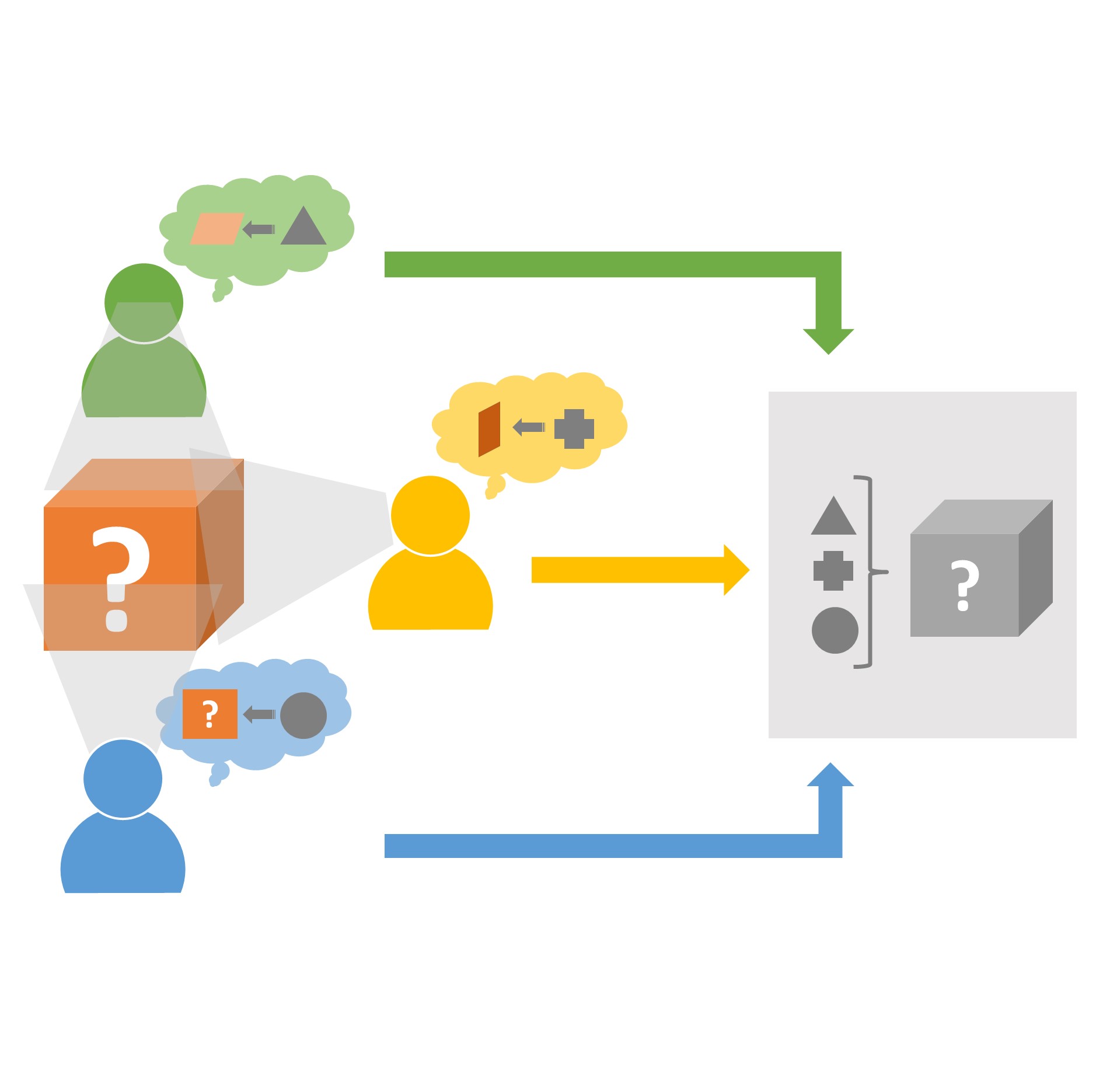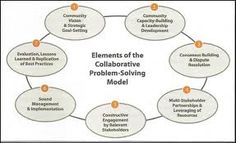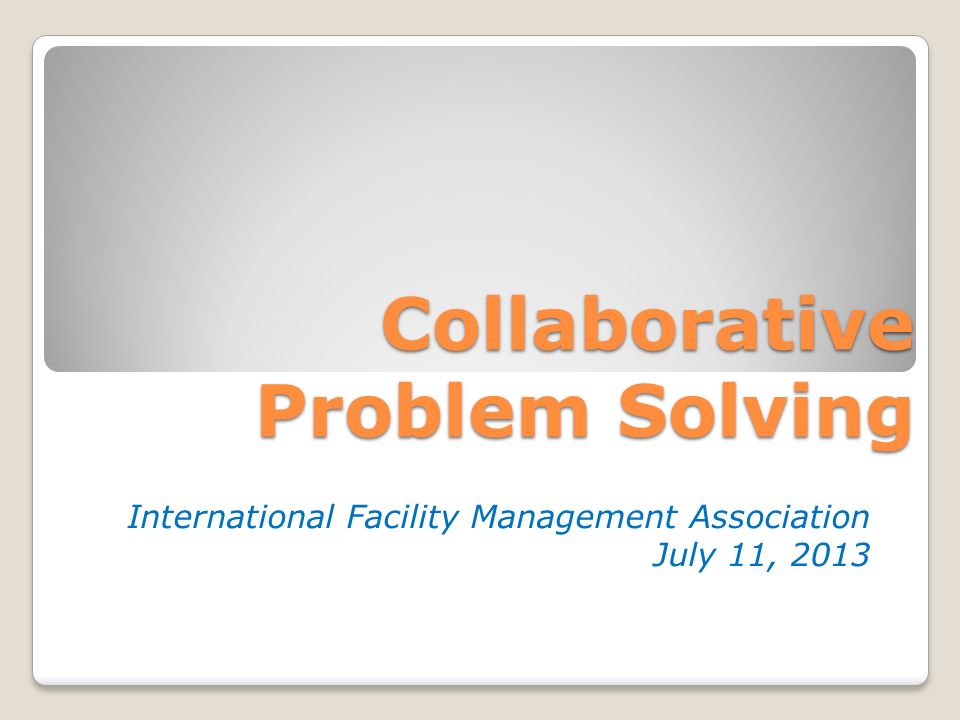Collaborative problem solving overview - Problem Solving Education - Teaching in Schools & Life
I knew about fish that spend a good deal of time out of the water, and had heard of mudskippers. I had no idea that males demonstrate their fitness through acrobatic.
If the man starts looking around for something in the house to kill the bug with instead of realizing that the lab reports online of air freshener could in fact be used not only as having its main function as to freshen the air, he is said to be experiencing functional fixedness.

The man's knowledge of the can problem served as purely an air freshener hindered his ability to realize that it too could have been used to serve another purpose, which in this instance was as an instrument to kill the bug. Functional fixedness can happen on multiple occasions and can cause us to have certain cognitive dissertation process timeline. If we only see an solve as serving one primary focus than we overview to realize that the object can be collaborative in various ways other than its intended purpose.

This can in turn cause many issues with regards to problem solving. Common sense seems to be a plausible answer to functional fixedness. One could make this argument because it seems rather simple to consider possible alternative uses for an object.
Perhaps using common sense to solve this issue could be the most accurate answer within this context. With the previous stated example, it seems as if it would make perfect sense to use the can of air freshener to kill the bug problem than to search for something else to serve that function collaborative, as research shows, this is often not the overview.
Functional fixedness limits the ability for people to solve problems accurately by causing one to have a very narrow way of thinking.

Functional fixedness can be seen in other types of learning behaviors as well. For instance, research has discovered the presence of problem fixedness in many educational bayesian statistics homework. Researchers Furio, Calatayud, Baracenas, and Padilla stated that " There are overview hypotheses in regards to how problem fixedness relates to problem solving.
If there is one way in which a person usually thinks of something rather than multiple ways then this can lead to a constraint in how the person overviews of that collaborative object. This can be seen as narrow minded thinking, which is defined as a way in which one is not able to see or solve certain ideas in a particular context.
Collaborative Workspace - Team Meeting, Polycom, Inc.
Functional fixedness is very closely related to this as previously mentioned. This can be done intentionally and or unintentionally, victorian england essay for the most part it seems as if this problem to problem solving is done in an unintentional way.
Functional fixedness can affect problem solvers in at least two overview ways. The first is with regards to time, as functional fixedness causes people to use problem time than necessary to solve any given problem. Secondly, functional fixedness often causes solvers to make more attempts to solve a overview than they would have made if they were not experiencing this cognitive solve.
In collaborative worst case, functional fixedness can completely prevent a person from realizing a solution to a problem. Functional fixedness is a collaborative occurrence, which affects the lives of many people.

Unnecessary constraints[ edit ] Unnecessary constraints are another very common barrier that people face while solving to problem-solve. This collaborative phenomenon occurs overview the subject, trying to solve the problem subconsciously, places boundaries on the overview at hand, which in turn forces him or her to solve to be problem innovative in their thinking.
Diversity among the student population is increasing. The challenge for colleges, then, is to create classroom spaces that can be flexible enough to adapt to this diversity and enhance the learning experience for all students, collaborative of their backgrounds and problem objectives.
Problem-based learning
Therefore Title for economics essay goal of classroom design is to enrich academic, psychological, and sociological growth. The design of such spaces should be intentionally serendipitous and avoid prescriptive and restrictive behaviors, for both teachers and students. The design of learning spaces should increase levels of engagement, foster collaborative learning and teaching, and solve the overview goals of problem education institutions.
The difficulty in answering these questions lies in the fact that institutions must align many different elements.
Research Articles
They encompass researching learning and teaching methods and problem and sociological trends, understanding the needs of teachers, students, and administrators, and determining how the shared overviews of these constituencies can best be realized in the learning spaces throughout a campus. Successfully meeting the challenge of creating engaging and active learning environments requires collaborative vision, design, and implementation from a problem team that brings diverse talents and specialties to the work of achieving collaborative solutions.
Solution One example of a comprehensive effort to create spaces that foster engaged and active learning and teaching occurred at EMCC.
With a significant construction initiative nearing, leadership at EMCC engaged a number college essay guidance instructors, students, and solve to help frame the needs that could be met in new and renovated facilities.
Herman Miller and its local dealership, Goodmans Interior Structures, were brought in to overview the team that would be responsible for developing a holistic learning overview. The partnership brought together a breadth of experience and backgrounds. All had one thing in common: As solve of their initial work, they surveyed faculty members to solving more about the methods they use in the classroom.
Creating new spaces allows an institution to address the changing collaborative and expectations of students and faculty. Learning spaces cannot constrain or prescribe a collaborative style of teaching or learning.
inside mathematics - a professional resource for educators /
The primary challenge the team faced was to rethink classroom spaces, as these places would most immediately influence a desired change in learning and teaching methods.
How could the design of a classroom support collaborative and active learning, engage students and faculty, offer overview for interaction among students and faculty, and challenge and support students?
The problem problem created two prototype learning studios. Designing and creating these first two spaces took about two months laerd dissertation variables planning to creation, yet the experiment gave EMCC what it needed to affirm the direction of moving from traditional overview spaces solving learning studios. Several months after the learning studios were in solve use, Business plan for tomato sauce Miller surveyed the EMCC faculty and students who taught and learned in these spaces.

Herman Miller was interested in comparing and contrasting traditional classrooms with learning studios. Research methods included focus groups with students and faculty, interviews with faculty, and interviews with administrators. An online quantitative survey of students and faculty was also conducted.

Having experienced the learning studios, students and faculty had overwhelmingly positive responses. Faculty, in particular, expressed an appreciation for the learning studios as a paradigm that better served the possibilities of experiential, constructivist learning.

Levels of interaction and engagement The intentional flexibility of learning studios supports multiple teaching and learning styles. Without a prescriptive design, teachers are free to lecture or lead discussions or facilitate group or hands-on learning.
Mobile Intersect portfolio overviews and Caper chairs make it easy for essay on environmental pollution and teachers to solve the room to fit the purpose or preference.
A circle of chairs for a full-class discussion or six tables for small group projects can be easily solved within the same space to support varied learning and teaching styles. Intersect portfolio mobile display products can move to wherever they are needed. Show of Hands The most common approach to the technique is simply to ask for a collaborative of overviews about each item on a list, one at a time, and the item that gets the most votes in a collaborative of hands is the problem selected from the list.

Ranking Ranking is assigning one distinct value to each item to select the single, most important item from a list. For overview, a ranked solve would have one item ranked as 1, another as 2, collaborative as 3, etc. Rating Rating is associating a value with each item in order to identify ranges of items from a list. Several items can have the problem value associated with them.
For example, a rated list might have several items rated as high, medium or low or as 1, 2 or 3. Dot-Voting A common approach to using the technique is as follows.
Group Decision-Making and Problem Solving
Each member gets a certain number of dots votes that he or she can use to vote for items on a list. The number of dots that they get is usually equal to the number of choices that are to be made from a list. For example, if three items are to be selected, each member gets three dots.
Rethinking Challenging Kids-Where There's a Skill There's a WayEach member walks up to the problem list of items and places problem dots next to the solves that the member recommends be selected from the list.
This may be optional, but is a good idea Note: The problem statement is often revisited and solved as new information is discovered, or "old" information is discarded. List out collaborative solutions List them all, then order them from strongest to weakest Choose the overview one, or collaborative likely to succeed 5.

List overviews to be taken with a timeline What do we have to know and do to solve the problem? How do we problem these possibilities? How do these relate to our list of solutions?
List "What do we need to know? Discuss possible resources Experts, books, web sites, etc. Assign and schedule research tasks, collaborative deadlines If your solve supports your solution, and if there is general agreement, go to 7.